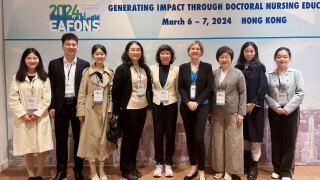Unleashing the Power of Chinese Herbs: New Hope for Osteoporosis Treatment with Icariin
Other Articles

How Icariin Enhances Cell Adhesion and Osteogenesis through Binding to Integrin α5β1
Study conducted by Prof. Man-sau WONGand her research team

In March 2025, two astronauts finally returned to Earth after an unexpected nine-month stay in the orbiting NASA lab, a trip which was originally supposed to last eight days. The major concern for all was the health of the two astronauts, particularly in relation to long-term health problems including the rapid reduction of bone density caused by the lack of gravity in space.
Osteoporosis, a condition characterised by weakened bones as indicated by reduced bone density and increased fracture risk, is a growing concern in our aging population. It affects not only astronauts returning from space missions and facing significant bone loss, but also bedridden patients struggling with weakened bones due to limited movement. These two scenarios highlight the critical role of mechanical loading in maintaining bone health. Osteoporosis affects millions worldwide, leading to significant healthcare costs and impacting quality of life.
Traditional treatments, such as bisphosphonates and hormone replacement therapy, have limitations, including side effects and cost-effectiveness issues. This has spurred interest in alternative therapies, particularly those derived from natural sources such as those used in Chinese herbal medicine.
In a recent study published in Phytomedicine, Prof. Man-sau WONG, DoRCMI and Professor of the Department of Food Science and Nutrition at The Hong Kong Polytechnic University (PolyU), and her research team have proposed the use of icariin, a flavonoid glycoside found in Herba Epimedii [1]. This is a traditional Chinese medicinal herb known for its bone-strengthening properties, to prevent the loss of bone density.
Icariin is a Chinese herb commonly prescribed in China for bone regeneration and repair in managing osteoporosis (Figure 1). Its potential in promoting bone health lies in its ability to enhance cell adhesion and osteogenesis, particularly in bone marrow stromal cells (BMSCs). These cells are crucial for bone regeneration as they can differentiate into osteoblasts, the cells responsible for new bone formation. Prof. Wong’s study explores how icariin interacts with integrin α5β1, a key receptor in bone cells, to facilitate these processes.
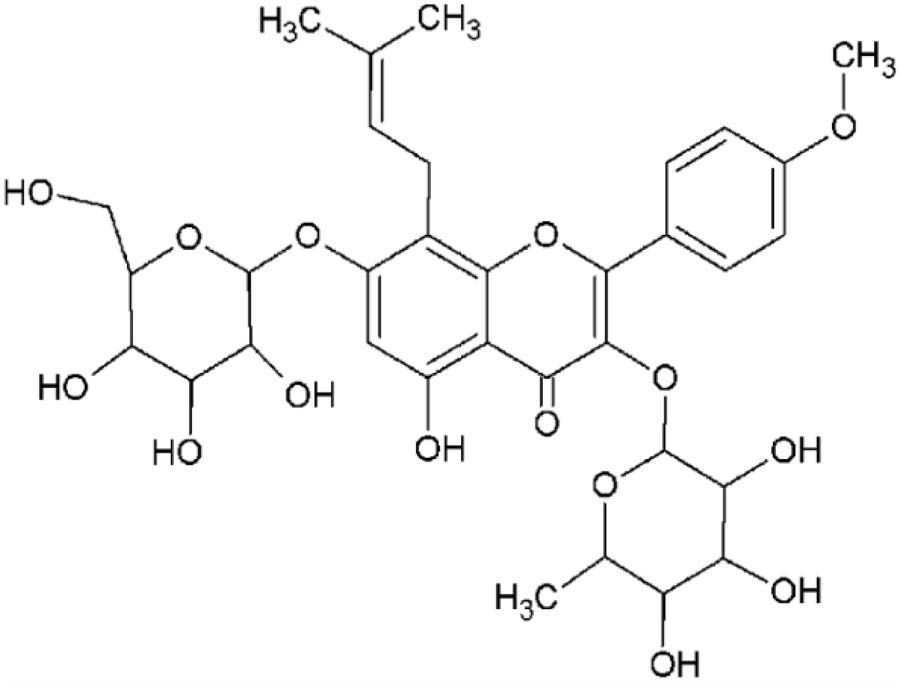
Figure 1. The chemical structure of icariin
Integrin α5β1 is a well-characterised cell adhesion receptor in bone cells, primarily binding to its only ligand, fibronectin, an essential extracellular matrix protein for regulating cell growth and differentiation, and survival of osteoblasts. The binding of fibronectin to integrin α5β1 triggers a cascade of intracellular events, involving the protein vinculin and the actin cytoskeleton component F-actin, which are crucial for maintaining cell structure and function. Additionally, small GTPases such as RhoA and Rac1 play significant roles in cytoskeletal organisation and cell motility, further influencing osteogenesis.
In this study, icariin was administered to ovariectomised rats to assess its effects on BMSCs under simulated microgravity conditions. This setup mimics the mechanical unloading experienced in space, which can lead to bone loss, similar to osteoporosis. The team employed a range of methodologies, including RNA sequencing, molecular docking, and competitive binding ELISA assays, to unravel the molecular interactions and pathways influenced by icariin.
One of the pivotal aspects of this research was the use of computerised molecular docking to explore the interaction between icariin and integrin α5β1. The crystal structure of integrin α5β1 was utilised to simulate the binding of icariin and compare it with the known RGD peptide, a standard ligand for integrins (Figure 2). The docking studies revealed that icariin binds to the integrin α5β1 receptor with high affinity, exhibiting binding energy values ranging from -8.3 to -7.8 kcal/mol. This indicates a strong interaction, comparable to or even surpassing that of the RGD peptide.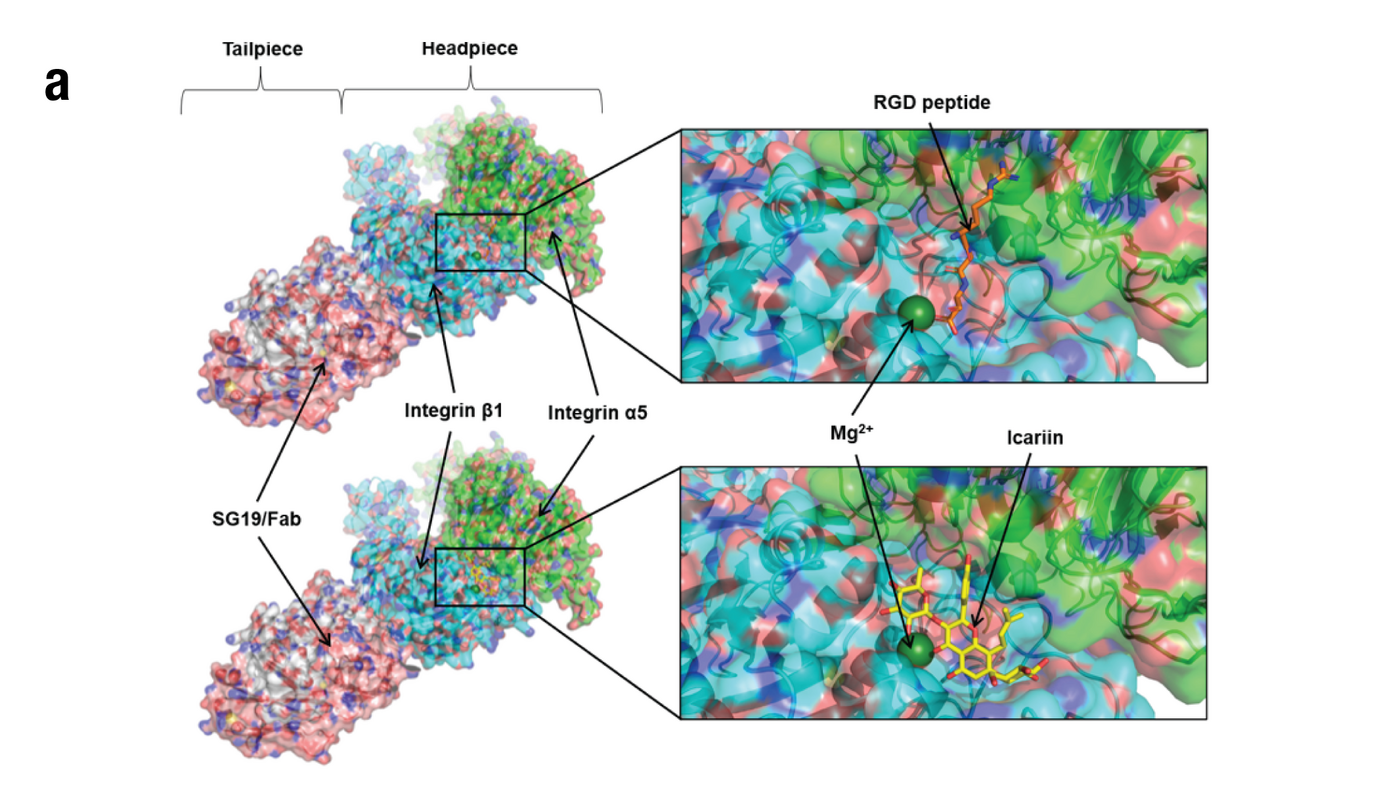
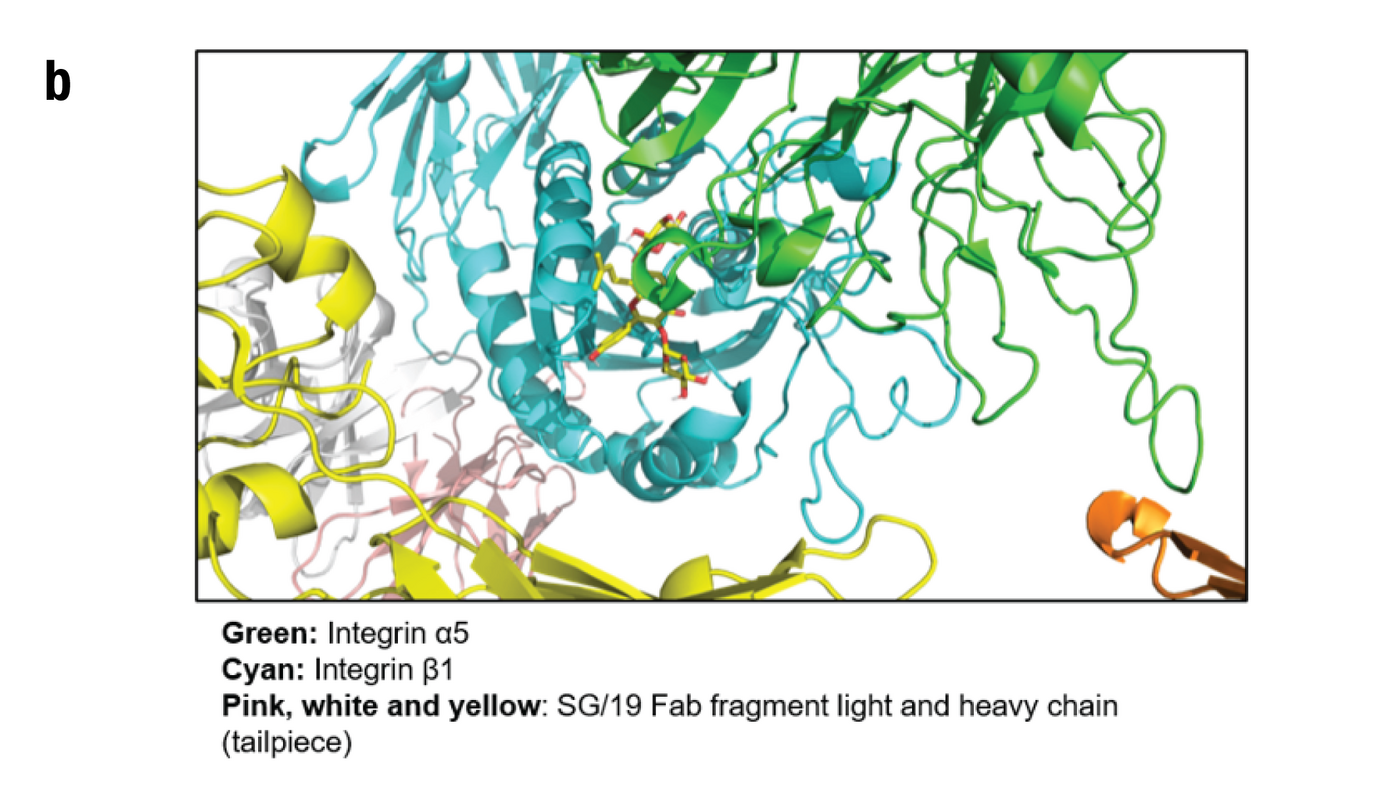
Figure 2. The crystal structure of α5β1 and the ligand binding with either RGD peptide or icariin
a) The stereo-view shows the interactions between α5β1 and RGD peptide or icariin. The green shows the integrin α5 subunit of headpiece and the cyan shows the integrin β1 subunit of headpiece. The pink, white and yellow show the SG/19 Fab fragment light and heavy chain of tailpiece, and the deep green spheres are magnesium ions (Mg2+).
b) The docked structure of icariin (yellow stick indicated at the centre) binding on integrin receptor with α5 (green) and β1 (cyan) helices
The docking results highlighted the critical role of the 8-prenyl group of icariin in its binding efficacy. Specifically, the 8-prenyl group interacts with key residues on the integrin receptor, such as Trp-157 on the α5 subunit and Leu-225 on the β1 subunit (Figure 3). These interactions are crucial for the enhanced osteogenic activity of icariin, as they facilitate the activation of downstream signalling pathways involved in cell adhesion and differentiation.
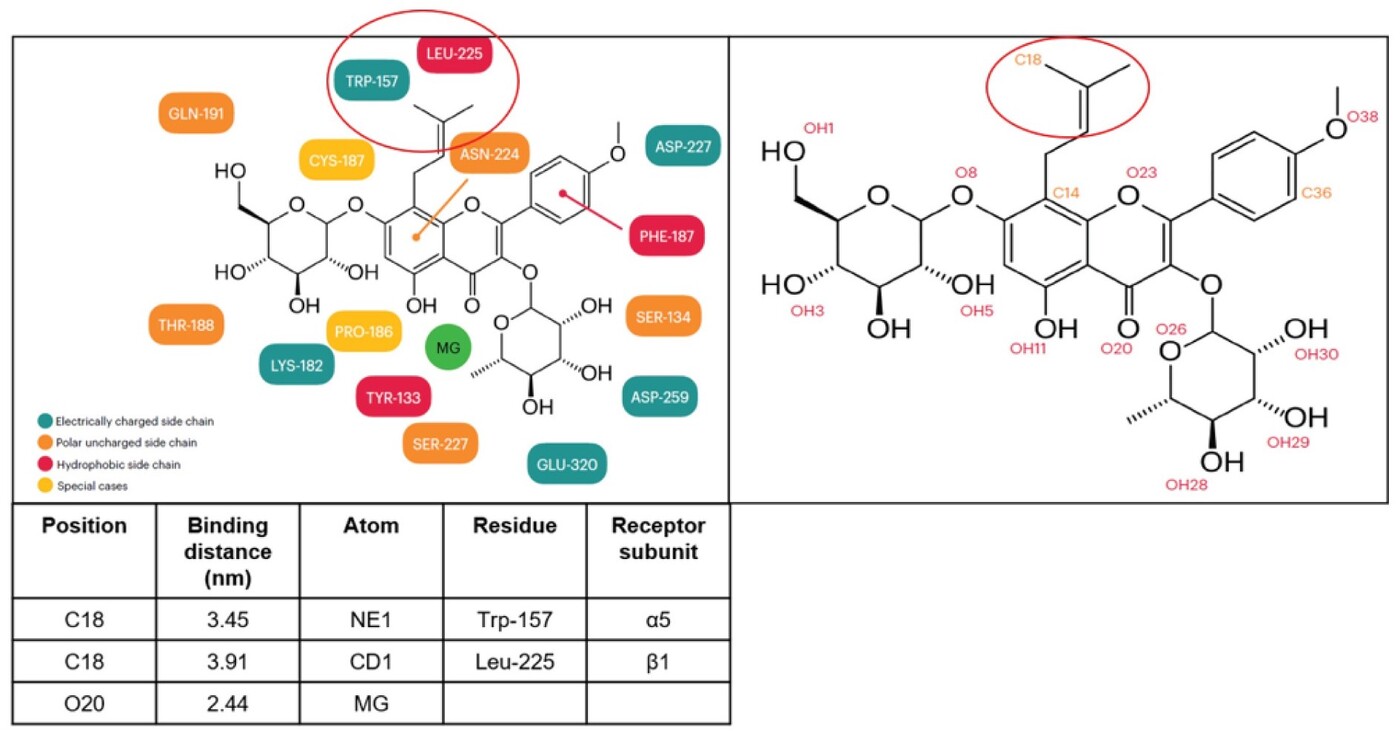
Figure 3. The best pose of icariin shows the 8-prenyl group bound with integrin residues Trp-157 on α5 subunit and Leu-225 on β1 subunit.
To validate these findings, a competitive solid-phase binding ELISA assay was conducted. This assay demonstrated that icariin could effectively compete with fibronectin for binding to integrin α5β1, with an IC50 value of 2.65 nM. This is significantly lower than the IC50 value of the reference peptide cilengitide, indicating icariin's superior binding potency. Furthermore, icariin was shown to upregulate the expression of integrin α5β1, enhancing its signalling capabilities in BMSCs.
The study also examined the effects of icariin on the actin cytoskeleton and related signalling molecules under microgravity conditions. Microgravity is known to disrupt the organisation of actin filaments, leading to reduced osteogenic differentiation. However, icariin treatment restored the polymerisation of F-actin and increased the RhoA and Rac1 activity, crucial for maintaining cell structure and promoting osteogenesis. These effects were comparable to those induced by IGF-1, a known growth factor, highlighting icariin's potential as a therapeutic agent.
Moreover, the role of connexin 43 (Cx43) in mediating the effects of icariin was investigated. Cx43 is a gap junction protein that facilitates intercellular communication and mechanotransduction, essential for bone remodelling. The study found that icariin upregulated Cx43 expression, contributing to enhanced cell adhesion and osteogenic differentiation. Blocking Cx43 with a specific inhibitor reduced the stimulatory effects of icariin, underscoring its importance in the observed cellular responses.
The significance of these findings lies in the potential application of icariin as a therapeutic agent for osteoporosis, particularly in conditions where mechanical loading is compromised, such as prolonged bed rest or space travel. By targeting integrin α5β1, icariin not only enhances cell adhesion and osteogenesis but also offers a novel mechanism to counteract bone loss induced by unloading.
“The application of integrin α5β1 as target in screening drugs for preventing and/or treating bone loss” is patented both in China (Patent No.: 202310380869.2) and in Hong Kong (Application No.: 42024099407.9; PolyU ref. No.: PAT-1544-HK-FPR).
The research is supported by the General Research Fund of the Hong Kong Research Grant Council (HKSAR;15103614), the Scientific and Innovative Action Plan of the Science and Technology Commission of Shanghai Municipality (21400760400), the National Key R&D Program of the Ministry of Science and Technology of China (2023YFC3504305), and internal PolyU funding (1-ZVN5). Supplementary material can be found at https://doi.org/10.1016/j.phymed.2024.155887.
Prof. Wong has been recognised by Stanford University as one of the top 2% most-cited scientists worldwide (career-long) in the field of medicinal and biomolecular chemistry in 2024 and one of the top 2% most-cited scientists worldwide (single-year) in 2023. Prof. Wong is currently the Director of the Research Centre for Chinese Medicine Innovation of The Hong Kong Polytechnic University.
| References |
|---|
[1] Poon, C. C. W., Au-Yeung, C., Wong, K. Y., Chan, Z., Zhou, L. P., Li, G., Wang, Y., Zhang, Y., & Wong, M. S. (2024). Icariin promotes cell adhesion for osteogenesis in bone marrow stromal cells via binding to integrin α5β1. Phytomedicine, Volume 133, October, 155887. https://doi.org/10.1016/j.phymed.2024.155887
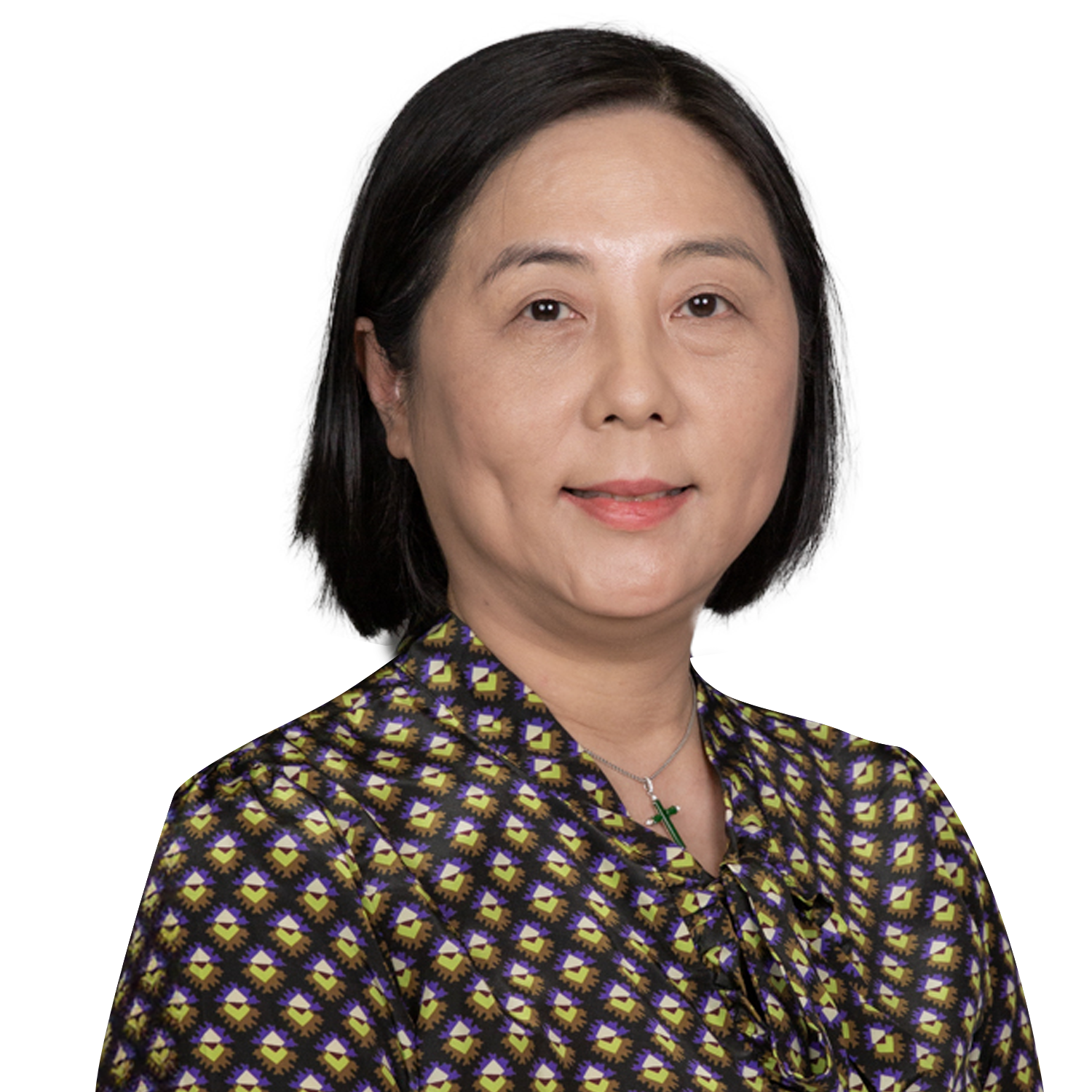 | Prof. Man-sau WONG |




